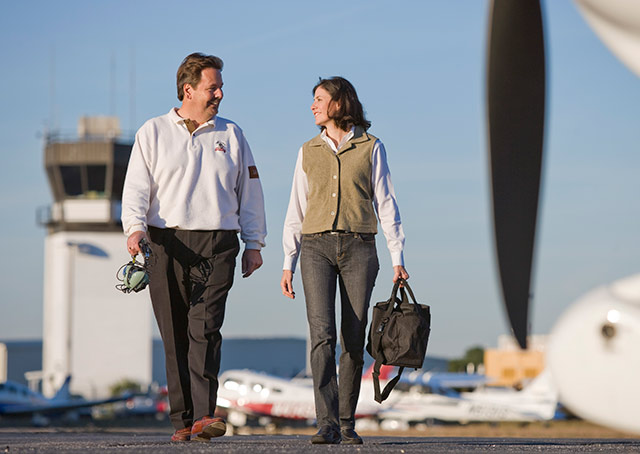
What’s the status of your flight training program as 2016 opens?
Student pilots frequently ask this question as a new year begins. Making a general assessment of your progress, and taking inventory of specific steps for completing the project, is the way to answer it.
Do you need to give yourself a push in the motivation department? Consider going ahead and tentatively scheduling your flight test. Or sit down with your instructor and lock in a list of flight lesson dates for the next few weeks, to generate some momentum.
If you are getting close to the checkride, audit your logbook to prevent any elements of required aeronautical experience—night flight, cross-country, solo flight times)—from being overlooked. Yes, your flight school or instructor should be monitoring that, but it’s your training project!
Be sure the hours and activities you logged for eligibility purposes comply with the fine print of the requirements: Verify that your five hours (at least) of solo flight time includes “one solo cross country flight of 150 nautical miles total distance, with full-stop landings at three points, and one segment of the flight consisting of a straight-line distance of more than 50 nautical miles between the takeoff and landing locations.”
Make sure the flight you counted as your mandated night dual cross-country flight meets the “over 100 nautical miles total distance” standard. Confirm that you made 10 night landings, three solo landings at an airport with an operating control tower, and that they were “to a full stop” and involved “a flight in the traffic pattern.”
Several regulatory clocks start running when you participate in a flight training program. Knowledge tests and student pilot certificates are subject to expiration. Logbook endorsements apply for specific time periods. If you soloed one make and model trainer but switched to another, have you taken a pre-solo written test and obtained proper endorsements to solo the new ship?
Regulatory requirements are one thing. What do you need from your training to achieve confidence that you can perform routinely at practical test standards? Does your instructor concur with your evaluation? Discuss what kind of fine-tuning should be included in the new year’s plan for perfecting your proficiency.
Now is the time to address such questions, so that by this time next year, you will have moved on to your next aviation goal.



